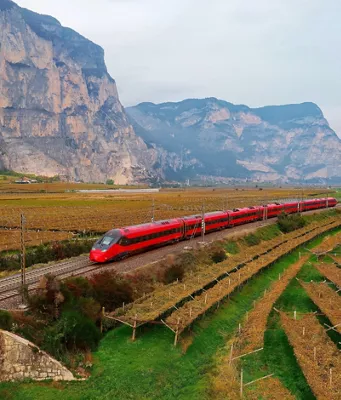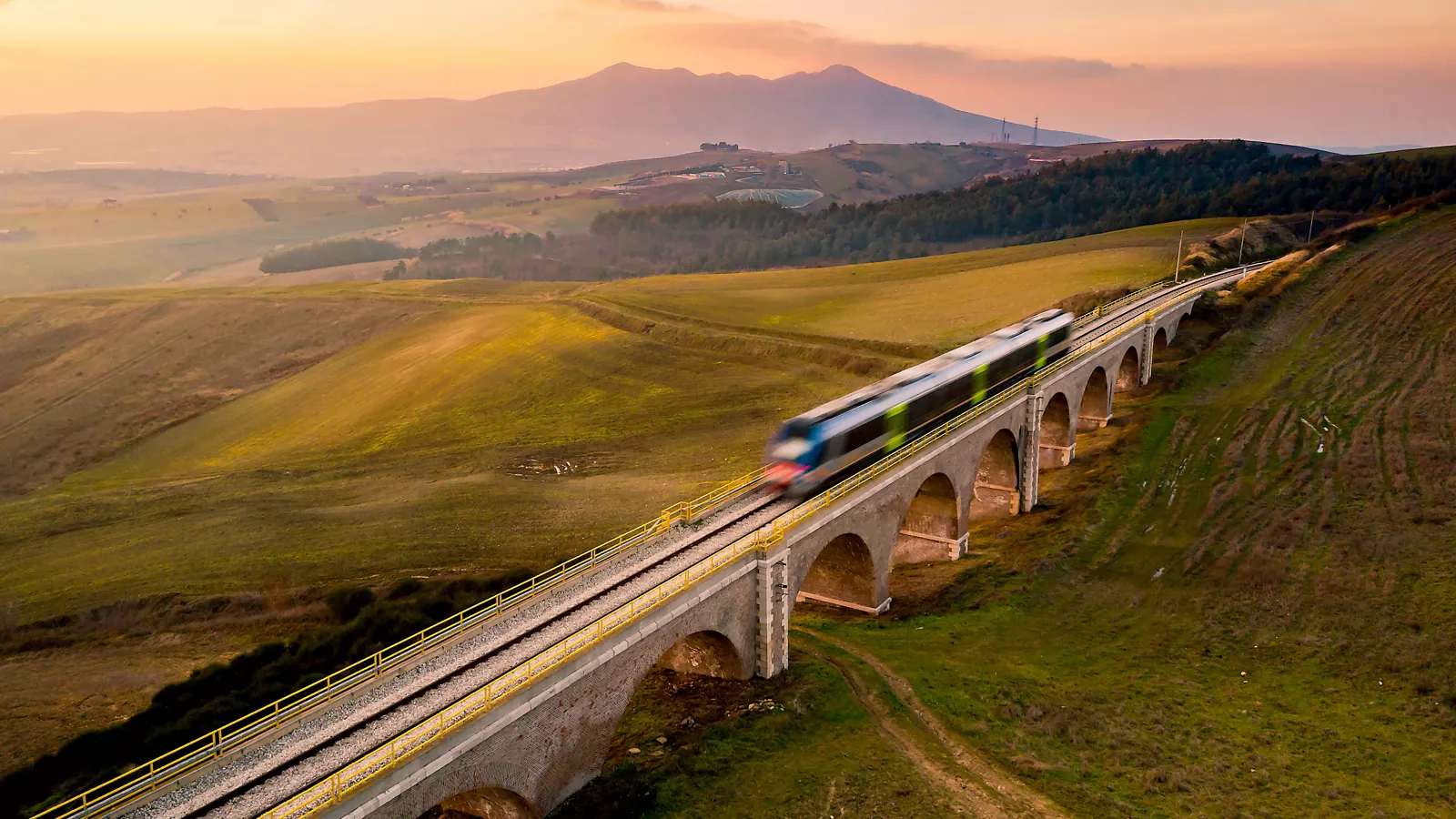Practical advice and information about Italy that you might need to move around without any worries: documents, how to get around, assistance in the event of an emergency and lots of useful general information.
Sustainable travel: going by train
Here's how to best organize a trip getting around in a green and sustainable way, while not missing out on any corner of the most beautiful country in the world.

Accessibility comes first, even on the beach
An immersive experience for everyone, even for people with reduced mobility, the elderly and children: here are the unmissable beaches.

INFORMATION
Plan your Trip
Useful Information and suggestions to help you plan your ideal trip to Italy
Useful tips
The documents required and the rules for entry into Italy vary depending on the traveller's country of origin. For citizens of the European Union or of countries that have joined the Schengen Treaty, it is sufficient to show a valid identity card or passport. Those coming from non-EU countries must hold a passport that is valid for at least three months after the date of departure from the Schengen Area. Additionally, depending on your nationality, you may need a visa for Italy, which must be requested from the Italian embassy or consulate in your country of origin. Pay careful attention to the timeframe: generally, the visa is issued approximately 90 days after the application.
As regards anti-Covid regulations, as of 1 June 2022, it is no longer necessary to hold a Green Pass or other equivalent certification. There are no compulsory vaccinations for those entering the country.
You need a European driving licence to drive in Italy. Travellers from non-EU countries must have an IDP, the International Driving Permit.
The minimum age for car rental in Italy is usually 21, and sometimes 25. In addition to a driving licence, you will need a credit card. Alternatively, you can get around by taxi or public transport, such as the metro, bus, tram or train.
To access the motorway network in your own or rented vehicle, you have to pay a toll. The payment, which varies depending on the stretch of road travelled, is made at the exit gate, at the toll booth or at an automatic machine. You can pay in cash, by credit card, Viacard or Telepass. For more information, contact the Call Centre Viabilità or the Punti Blu (Blue Points).
In many cities, there are ZTLs (Zona a Traffico Limitato, i.e. Restricted Traffic Zone), areas where, on certain days and at certain times, access to some streets and squares is not allowed, except with specific permits. Regulations, days and times of operation vary from city to city. All relevant information is always signposted at the entrance to the ZTL.
Like Italian drivers, foreign drivers travelling in Italy are also required to comply with the rules of the Highway Code. If the driver is notified of an offence immediately, he can pay the fine straight away or he may choose to pay a deposit to reserve the right to appeal against it before a prefect, within 60 days, or a justice of the peace, within 30 days. For offences detected by automatic systems, on-the-spot fines are not possible, and notification for residents abroad must take place within 360 days of the ascertainment of the infringement. If the vehicle involved belongs to a car rental company, the competent authorities will contact the company, which will provide the driver's data.
There are several methods of paying a fine. The most traditional one is through a postal order form sent together with the fine. There is usually a discount for those who pay within 5 days of notification. You can pay at banks, post offices, counters of the municipal police of the municipality or the provincial section of the Traffic Police, affiliated Sisal and Lotto ticket offices, and tobacconists.
Can you also pay a fine online, and if so, how? Simply go to the website of the municipality in question, the website of the Italian Post Office, or via the home banking service of your bank.
What happens if I don't pay a fine? The first consequence is an increase in the amount to be paid, but you may also face administrative detainment and, in the event of repeated insolvency, seizure of your assets.
The Highway Code also sets out rules for transporting dogs in cars. According to Article 169, the animal must be in a cage or in the rear compartment of the vehicle, specifically separated by a net or similar, under penalty of a fine of up to EUR 275.10 and the deduction of one point from the driving licence.
Beware also of the speed limit and the blood alcohol level, which in Italy is zero for those under 21 years of age, new drivers and professional drivers, while for all other categories of drivers it is 0.5 grams per litre of blood.
In Italy the single, free emergency number is 112, which you can dial without an area code. It will put you in touch with an operator who, in turn, will redirect you to the appropriate authority.
There are also other emergency numbers in Italy for specific areas: 113 for the Polizia di Stato (state police), 115 for the Vigili del Fuoco (fire brigade), 117 for the Guardia di Finanza (financial police), 1515 for the Guardia Forestale (forest rangers), 1518 for Viaggiare Informati (traffic information), 803.116 for Aci Soccorso Stradale (roadside assistance) to request a breakdown recovery vehicle in the event of an accident or breakdown, including on motorways. 118, on the other hand, is the number to call to request an ambulance if you need access to an accident & emergency room, including paediatric emergency rooms, and, in general, for emergency and urgent medical services.




